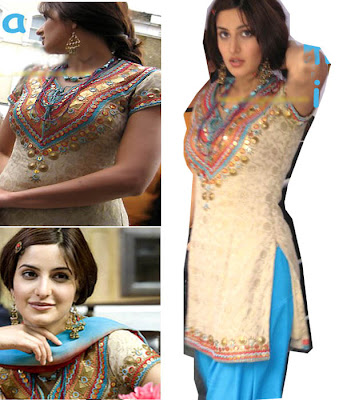Selena Gomez Hairstyle
Only subtle layers cut around the sides and back encourages the movement of the natural waves through the mid-lengths to ends. This simple look is best suited for those with a natural kink in their locks and will need regular trims to prevent split ends.
Fashion For Ladies Diamond Watches Photos and Videos
This Blog is about Fashion For Ladies Diamond Watches Photos and Videos
Fashion For Ladies Diamond Watches
Ladies Diamond Watches
Ladies Diamond Watches
Ladies Diamond Watches
Ladies Diamond Watches
Ladies Diamond Watches
Ladies Diamond Watches
Ladies Diamond Watches
Ladies Diamond Watches
Ladies Diamond Watches
Cartier Gold Watches Fashion Photos and Videos
This Blog is about Cartier Gold Watches Fashion Photos and Videos
Cartier Gold Watches Fashion
Cartier Gold Watches Fashion
Cartier Gold Watches Fashion
Cartier Gold Watches Fashion
Cartier Gold Watches Fashion
Cartier Gold Watches Fashion
Cartier Gold Watches Fashion
Cartier Gold Watches Fashion
Cartier Gold Watches Fashion
Cartier Gold Watches Fashion
Cartier Gold Watches Fashion
Dresses garment consisting of a skirt with
A dress (also frock, gown) is a garment consisting of a skirt with an attached bodice (or a matching bodice giving the effect of a one-piece garment). In Western culture, dresses are usually considered to be items of women's and girls' apparel.
The hemline of dresses can be as high as the upper thigh or as low as the ground, depending on the whims of fashion and the modesty or personal taste of the wearer.
Contents
1 History
1.1 19th century
2 Dress types
2.1 Dresses for particular purposes
2.2 Others
3 Usage
4 See also
5 References
6 External links
History
19th century
Dresses increased dramatically to the hoopskirt and crinoline-supported styles of the 1860s; then fullness was draped and drawn to the back. Dresses had a "day" bodice with a high neckline and long sleeves, and an "evening" bodice with a low neckline (decollete) and very short sleeves.
Throughout this period, the length of fashionable dresses varied only slightly, between ankle-length and floor-sweeping.
See also History of Western fashion: 1795–1820, 1820s, 1830s, 1840s, 1850s, 1860s, 1870s, 1880s, 1890s
Victorian fashion, Artistic Dress movement, Victorian dress reform.
 Dresses
Dresses
 Dresses
Dresses
 Dresses
Dresses
 Dresses
Dresses
 Dresses
Dresses
 Dresses
Dresses
 Dresses
Dresses
 Dresses
Dresses
 Dresses
Dresses
The hemline of dresses can be as high as the upper thigh or as low as the ground, depending on the whims of fashion and the modesty or personal taste of the wearer.
Contents
1 History
1.1 19th century
2 Dress types
2.1 Dresses for particular purposes
2.2 Others
3 Usage
4 See also
5 References
6 External links
History
19th century
Dresses increased dramatically to the hoopskirt and crinoline-supported styles of the 1860s; then fullness was draped and drawn to the back. Dresses had a "day" bodice with a high neckline and long sleeves, and an "evening" bodice with a low neckline (decollete) and very short sleeves.
Throughout this period, the length of fashionable dresses varied only slightly, between ankle-length and floor-sweeping.
See also History of Western fashion: 1795–1820, 1820s, 1830s, 1840s, 1850s, 1860s, 1870s, 1880s, 1890s
Victorian fashion, Artistic Dress movement, Victorian dress reform.
 Dresses
Dresses Dresses
Dresses Dresses
Dresses Dresses
Dresses
Langganan:
Komentar (Atom)










